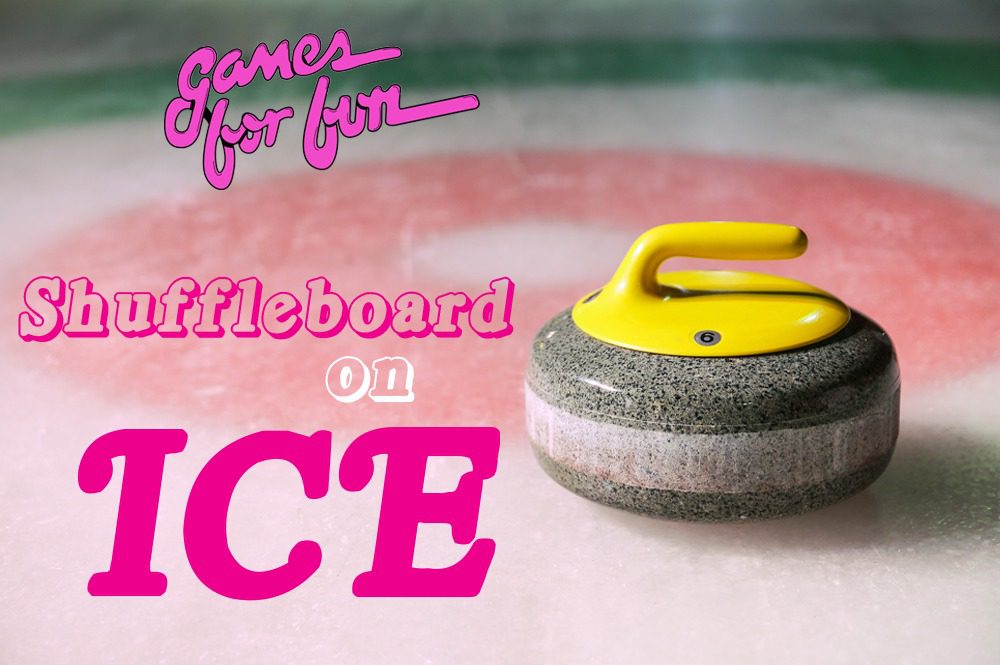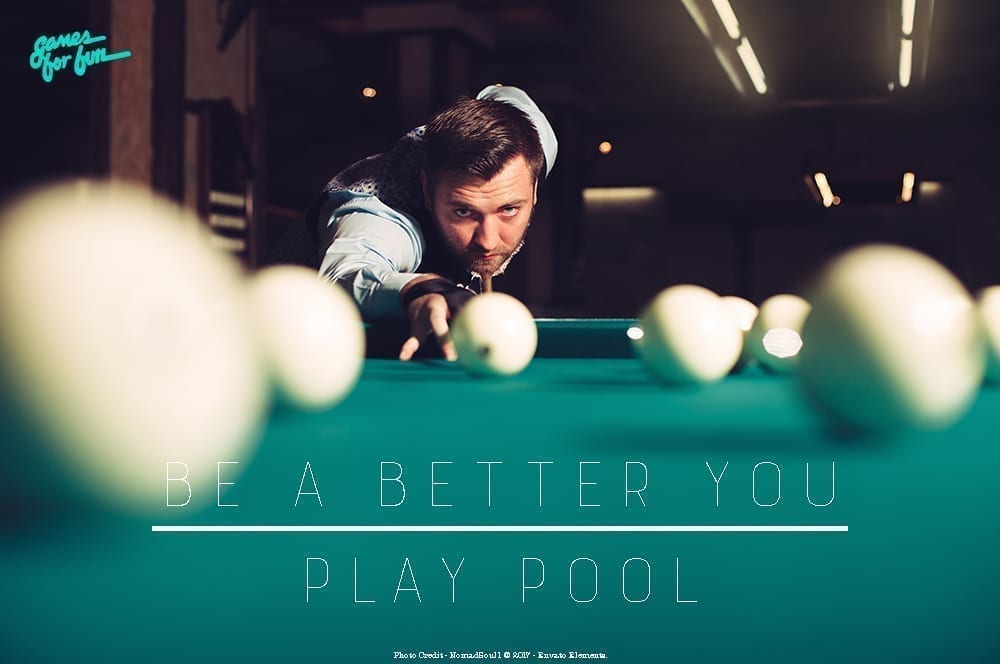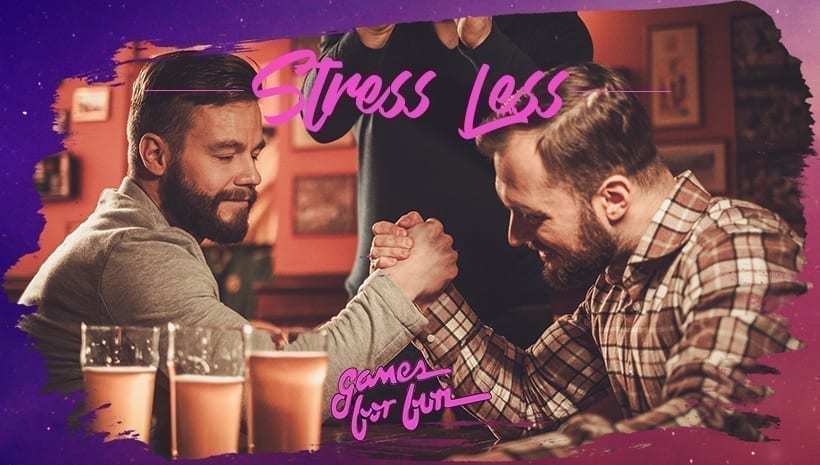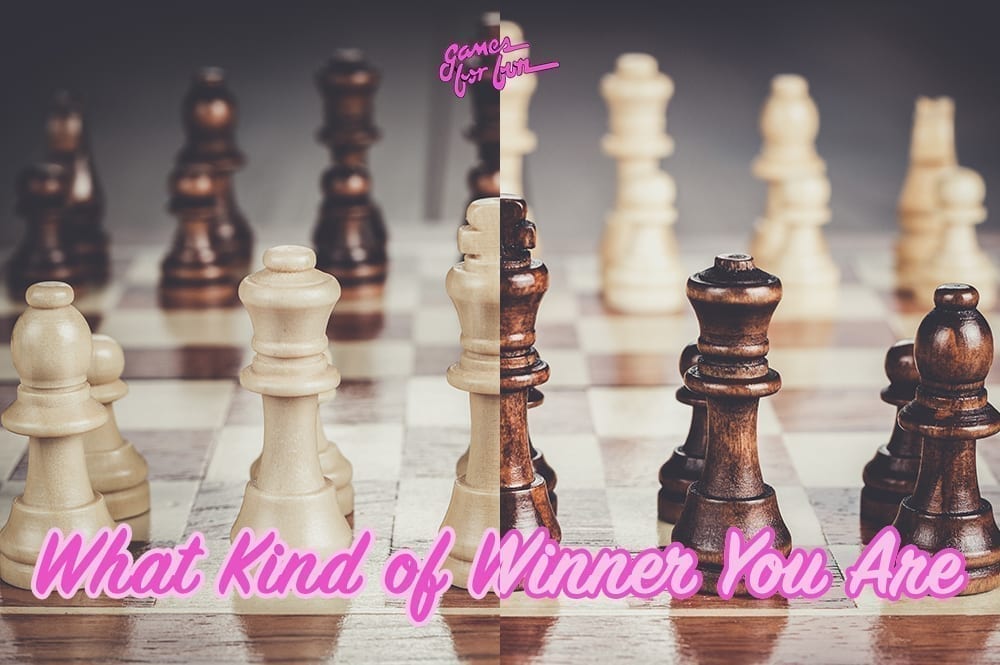Many Californians have no problem layering up in coats or beneath blankets when its the middle of Autumn and 70 degrees outside, so we figure we could use this seasonal weather change as an opportunity to take a look at some winter games such as shuffleboard on ice. After all, fall in California is basically freezing to us.
Though shuffleboard on ice is often interchanged with curling, this isn’t accurate because both aren’t the exact same. Shuffleboard is one of the games played on ice that could fall into the category of curling. The other two games are bowling and chess.
We’ve written about traditional shuffleboard before after realizing the game simply isn’t talked about often. Interestingly, the same holds true when it comes to its relative, ice shuffleboard, even though it makes somewhat of an appearance in the Olympics thanks to the sport Curling.
Curling is one of the more unusual sports of the Winter Olympics, often drawing comparisons to shuffleboard, but played on ice. According to the Dummies website:
• Curling is a cross between shuffleboard on ice and bowling.
• Many people think that the idea of watching a shuffleboard tournament is a bit of a snore, but curling is strangely compelling (we give credit to the ice).
• Once you start watching a game of curling, it’s hard to pull yourself away before the match is over.
Curling is named after the unique turning that occurs at the end of the stone’s path on the ice. According to an article posted on Business Insider:
• In curling, a 42-pound stone is pushed down a sheet of ice, while two players sweep the surface in front of the stone.
• The goal is to get the stone closest to the target, called a ‘house.’
• Sweeping warms up the ice and reduces friction, which makes the rock curl less and therefore move straighter.
In this article, Sporcle described Curling as the Olympic Sport that’s played “with a “broom”, a “stone” and a sheet of ice.” It might not be as exciting as speed skating or watching a runner pass up another on that last stretch of a 400 meter dash, but it is arguably the most fascinating (and confusing) Olympic Sport in the games.
Players slide large stones made of smooth granite across a sheet of ice to a target that is comprised of four circles, called the “house.” The curling stone, or rock, is made of dense polished granite from Scotland. In the Olympics, each rock weighs 44 lbs. Both teams get eight stones. There’s a person throwing the stone and teammates who sweep. The sweepers decrease the resistance that the stone will meet, allowing it to travel further. They also decrease the “curl” of the stone.
The bottom of the stone is hollow so that only the outside ring, called the running band, is in contact with the ice. This minimizes the friction and allows the stone to slide further.
The distinctions between ice shuffleboard and general curling often go overlooked, resulting in people using the two terms interchangeably. Though this isn’t necessarily wrong, it also isn’t necessarily accurate. We should think of curling as the sibling of ice shuffleboard, but not a twin. Curling shares similarities with shuffleboard but possesses its own unique jargon.
Teams/Players:
• Shuffleboard is played by two players (called a single) or four players (called a doubles game).
• Curling is played when two teams consisting of four players go head-to-head.
Equipment:
• Shuffleboard:
• Curling: Each player is given two 44-pound granite stones to throw.
Objective:
• Shuffleboard: Players push the discs towards the target to score, remove the opponent’s discs from the scored move/push, or both.
• Curling: Teams take turns sliding the stones down the ice towards the target. The goal is to slide the stones across the pebbled ice surface (“the sheet”) and place it closer to the button (the center of the target) than the opposing team. Each of the four players will alternately slide heavy and polished granite stones, which are also called rocks, across the ice curling sheet.
Rules:
• Shuffleboard: Shots should always be done in straight line and forward motion of cue and the disc.
• Curling: With the use of the cue, players push the discs towards the opposite end of the court in which there is a scoring diagram situated. Teammates known as sweepers apply pressure to the ice with brooms, which determines where the rock eventually comes to rest by slightly melting the ice.
Scoring System:
• Shuffleboard: The scoring diagram has different areas – one for 10 points, two for 8 points, two for 7 points, and one for 10-off area.
• Curling: One curling game can have around 8 or 10 ends. The team with the most points in the match wins.
Penalties:
• Shuffleboard: If part of the discs reached the 10-off area and/or touched the front or back line, there will be penalties.
Related article(s): Shuffleboard the Sport; Curling the Sport
So, What’s With The Brooms?
We knew you would ask this. The stones don’t just slide across the ice of their own free will or the player’s power. The surface is dotted with frozen water droplets called “pebbles” that cause them to slow down and veer off course. The brooms are the solution to this problem.
Using a lot of energy, all of their skill, and a high level of technicality, athletes create friction with the brooms and rid the surface of the pebbles. The better they are at “sweeping” the ice, the better the stone will move down the field on target.
In Summary: Curling Is Like Shuffleboard, But Bigger… And On Ice
At its core, curling is a simple concept. It’s like shuffleboard, but bigger, and on ice. Curling and shuffleboard have a lot in common as they both involve lagging a heavy weight down a long lane, aiming for the farthest foul zone. In curling, the weight is called a rock, as it is literally a heavily polished piece of granite, and the game is played with two teams of four.
If you’re searching for the best shuffleboard table, check out our inventory here.







